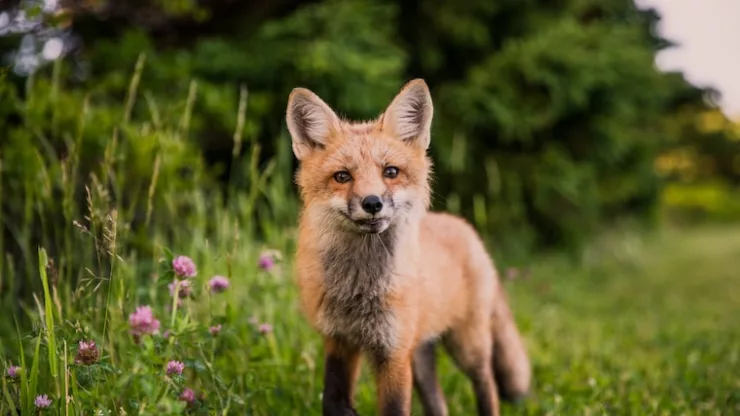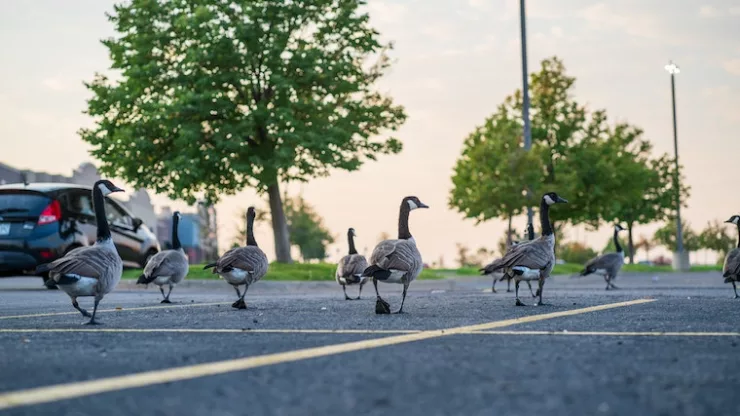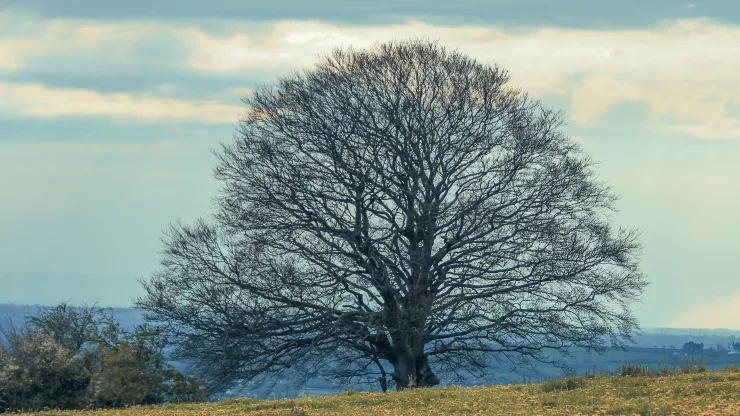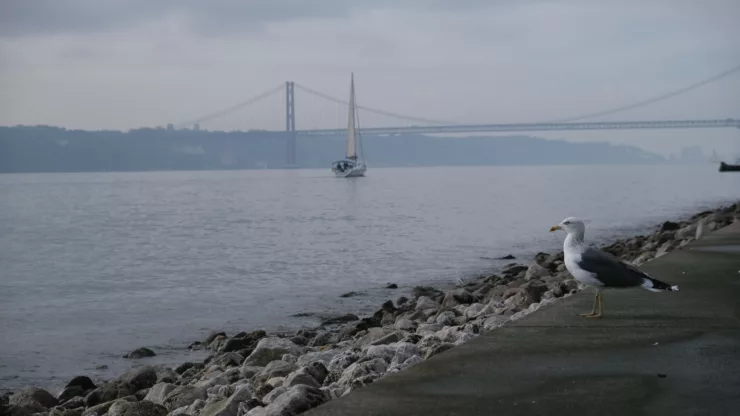Urban areas are often seen as concrete jungles devoid of nature. However, many species of wildlife have adapted to life in urban environments, often thriving in unexpected ways.
From birds to insects and even mammals, the diversity of wildlife in cities can be astounding.
In this article, we will take a closer look at some of the lesser-known species that call cities home and explore how they are able to thrive in these unique environments.
Jump to Section
Unseen City Dwellers: Thriving Wildlife
While many people might think of pigeons and squirrels as the only wildlife in cities, there are actually many other species thriving in urban environments.
Urban areas can provide a range of habitats for wildlife, from parks and green spaces to abandoned buildings and rooftops.
Some of the most common types of wildlife found in cities include:
- Birds such as hawks, falcons, and owls
- Insects such as bees, butterflies, and ants
- Mammals such as raccoons, opossums, and coyotes
Despite the challenges posed by urban environments, these species have adapted to life in cities and are often able to thrive in ways that their rural counterparts cannot.
Surprising Species in Urban Environments
One of the most surprising types of wildlife that can be found in cities is the coyote.
These adaptable predators have been able to thrive in urban environments by preying on rodents and other small animals that are abundant in cities.
Coyotes have been spotted in cities across North America, from Los Angeles to Chicago to New York.
Another surprising species that has adapted to life in cities is the peregrine falcon.
These birds of prey have been known to nest on tall buildings and bridges in urban areas, using them as a substitute for the cliffs and ledges they would normally nest on in the wild. Peregrine falcons have been able to bounce back from near-extinction thanks in part to the abundance of prey and nesting sites in cities.
Resilient Wildlife Adapting to Urban Life
One of the key factors that allows wildlife to thrive in urban environments is their ability to adapt.
Many species have developed new behaviors and strategies to survive and even thrive in cities.
For example, some birds have learned to use cigarette butts in their nests to deter mites and other parasites.
Others have adapted to feed on human food waste, such as pizza crusts and french fries.
Insects have also adapted to life in cities, with some species thriving in the warm and sheltered environments provided by buildings.
Some ants have even been observed building nests in the walls of buildings, while bees and butterflies have learned to use urban gardens and green spaces as sources of nectar and pollen.
Inspiring Examples of Urban Biodiversity
Despite the challenges posed by urban environments, many species of wildlife have been able to not only survive, but thrive in cities.
These examples of urban biodiversity are inspiring and offer hope for the future of wildlife in urban areas.
By recognizing and supporting these species, we can help to create a more diverse and sustainable urban ecosystem.
One inspiring example is the Monarch butterfly, which has been able to use urban gardens and green spaces to support its annual migration.
By planting milkweed and other plants that support Monarch caterpillars and butterflies, individuals and communities can help to support this iconic species.
FAQ
How do urban areas affect wildlife?
Urban areas can have both positive and negative effects on wildlife.
While cities offer a range of habitats and resources that can support some species, they can also pose threats such as pollution and habitat destruction.
What can be done to support urban wildlife?
There are many ways that individuals and communities can support urban wildlife, such as planting native plants, reducing pesticide use, and creating wildlife-friendly habitats in urban areas.
Why is urban biodiversity important?
Urban biodiversity is important for a number of reasons, including providing ecosystem services such as pest control and pollination, promoting human well-being, and supporting the conservation of wildlife species.
I’m a nature enthusiast and creator of Metro Wilds and have spent years exploring the great outdoors.
With a passion for environmental conservation and sustainability, I have dedicated my career to writing about the beauty and wonders of nature, as well as the threats facing our planet.
Contact me at [email protected] for assistance.





